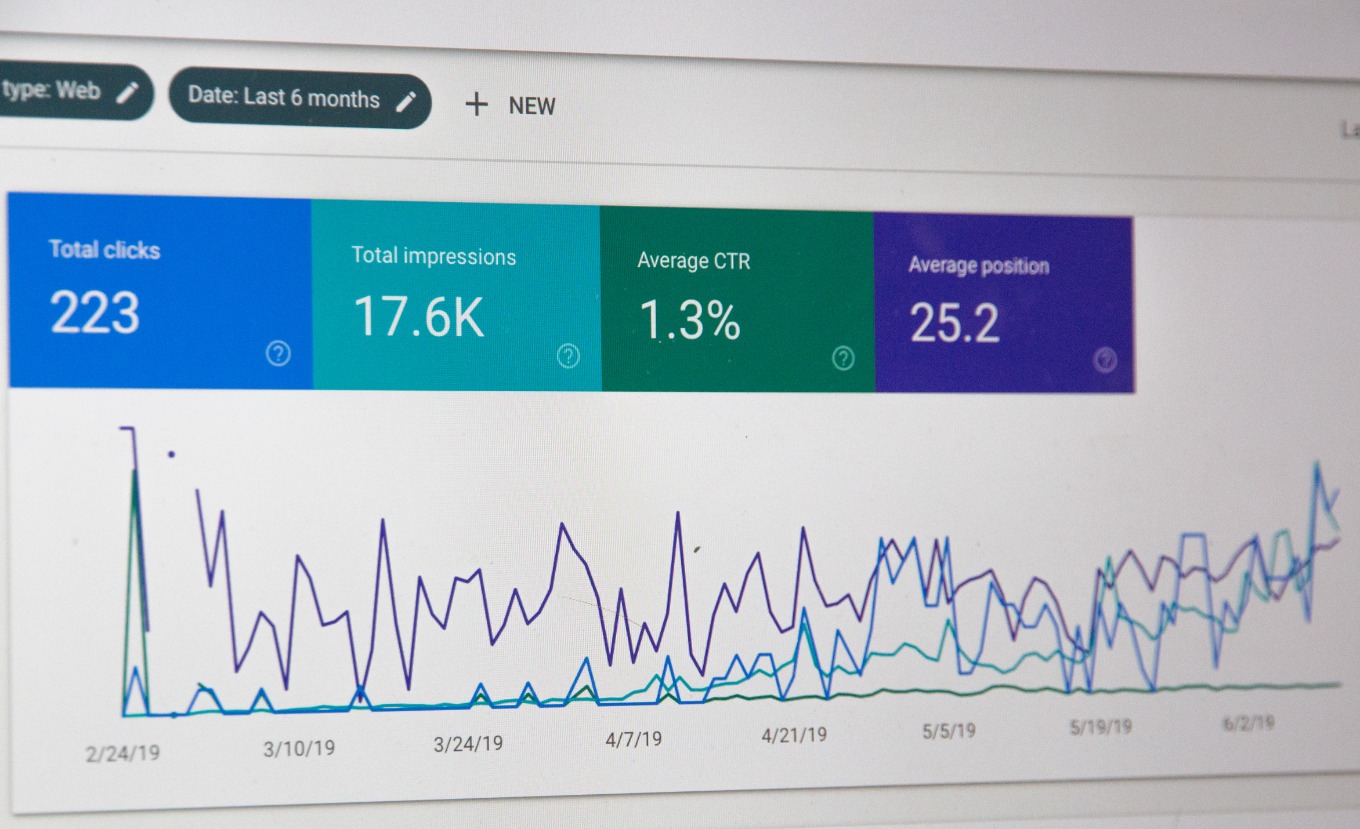Debunking 10 Myths About Debt Recovery Services in California
The realm of debt recovery services in the Golden State of California bristles with misconceptions that often cloud the judgment of debtors, creditors, and even laymen. Today, we embark on a mission to dissect and debunk 10 of the most prevalent myths that surround this intricate facets of financial services.
Myth 1: Debt Recovery and Debt Collection are Identical
Truth: Although seemingly interchangeable, debt recovery and debt collection refer to two distinct stages of the debt process. Debt collection typically commences immediately after a debt is due and unpaid, involving an internal department within the credit company. In contrast, debt recovery is an escalated process, generally initiated after prolonged unsuccessful collection attempts, and often involves outsourcing to a third-party agency or taking legal action.
Myth 2: Debt Recovery Services Can Employ Any Means to Recover Debts
Truth: While it may be in the best interest of creditors to recover debts, service providers are bound by the Fair Debt Collection Practices Act (FDCPA). This legislation prohibits the usage of abusive, unfair, or deceptive practices to collect debts. In California, the Rosenthal Fair Debt Collection Practices Act broadens these protections further, applying them to original creditors as well, not just third-party collectors.
Myth 3: Debt Recovery Services Can Instigate Legal Action Without Notice
Truth: According to the FDCPA, a debt recovery service must send a validation notice within five days of contacting a debtor. This notice must encompass the amount owed, the creditor's name, and a declaration of the debtor's rights. Only after this process can legal proceedings potentially commence, assuming the debtor disputes the debt or fails to respond.
Myth 4: Debt Recovery Services Can Garnish Wages at Will
Truth: Garnishment of wages, a common fear among debtors, is indeed a potential consequence of unpaid debts. However, wage garnishment typically requires a court order. Therefore, it's not a unilateral decision by the debt recovery service.
Myth 5: All Debts are Open to Recovery
Truth: The statute of limitations in California generally limits debt recovery to a period of four years from the last payment or acknowledgment of the debt. However, nuances can exist especially around 'reviving' the debt, thus it is crucial to seek appropriate legal counsel.
Myth 6: Debt Recovery Services Only Deal with Large Debts
Truth: While it is cost-effective to pursue larger debts, debt recovery services often handle smaller debts as well. Many agencies even specialize in recovering smaller debts, proving that no debt is too small to ignore.
Myth 7: Bankruptcy Discharges All Debts
Truth: While bankruptcy can provide a fresh start, it doesn't automatically erase all debts. Certain categories of debts such as student loans, child support, and most tax debts are generally not dischargeable in bankruptcy.
Myth 8: Ignoring Debt Recovery Efforts Makes the Debt Disappear
Truth: Ignoring communication from a debt recovery service will not make the debt disappear, and can often lead to escalated efforts such as lawsuits or wage garnishments.
Myth 9: Debt Recovery Services Are Only for Credit Card Debt
Truth: Debt recovery services are not limited to credit card debt. They encompass a wide range of financial obligations, including medical debt, student loans, mortgages, auto loans, personal loans, and even unpaid utility bills.
Myth 10: Creditors Are Obligated to Use Debt Recovery Services
Truth: While many creditors outsource to debt recovery services, it's far from a requirement. Creditors are within their rights to handle debt collection internally, though many opt to utilize services specialized in debt recovery.
In conclusion, breaking the shackles of misinformation about debt recovery services in California not only equips those in debt with the tools to navigate their financial obligations, but it also ensures a fair and just process for both debtors and creditors alike. By debunking these myths, we unravel the intricacies of an often misunderstood sector, reducing the chasm between perception and reality. It's the first step in fostering a more transparent, balanced, and equitable financial ecosystem within the auspices of California's debt landscape.
Today, we embark on a mission to dissect and debunk 10 of the most prevalent myths that surround this intricate facets of financial services.






